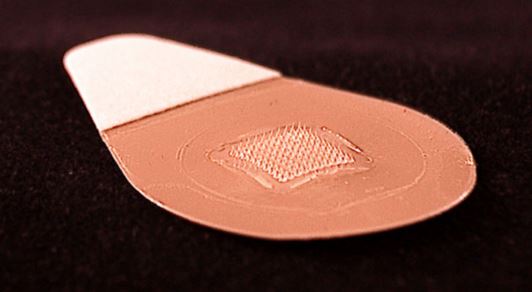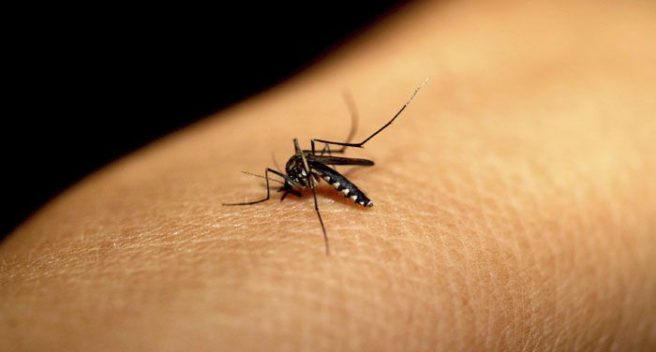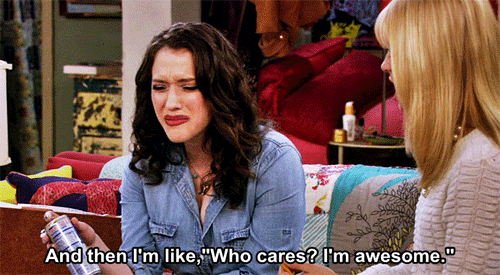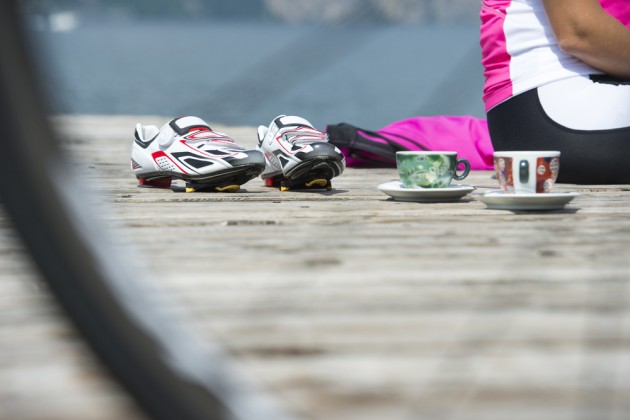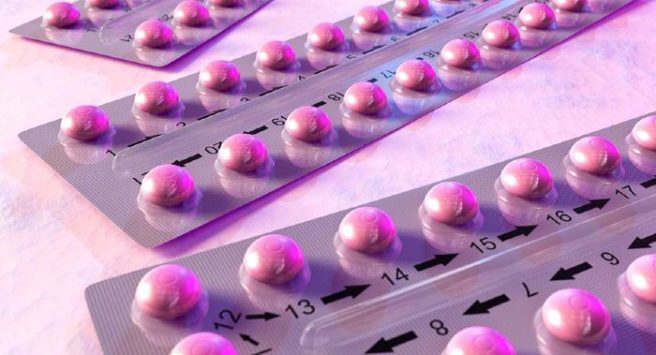
Junk in the trunk? Your figure is protecting you against illness
The celebration of the 'curve' has saturated popular culture in recent years, with the likes of the Kardashian sisters, Nicki Minaj, Amber Rose, Beyoncé and Blac Chyna supposedly flying the flag for curvacious women everywhere.
And while rocking a pear-shaped figure might place you in A-list company, it also reportedly does wonders for your physical health.
According to recent research, women who carry fat in their hips, thighs and bum are at a lower risk of developing a number of different diseases, including heart attacks, strokes and diabetes.
For years, we've known that carrying weight around your middle can contribute to ill health as it impacts the internal organs, but research has now confirmed that storing weight in your lower half helps to draw fat away from those organs.
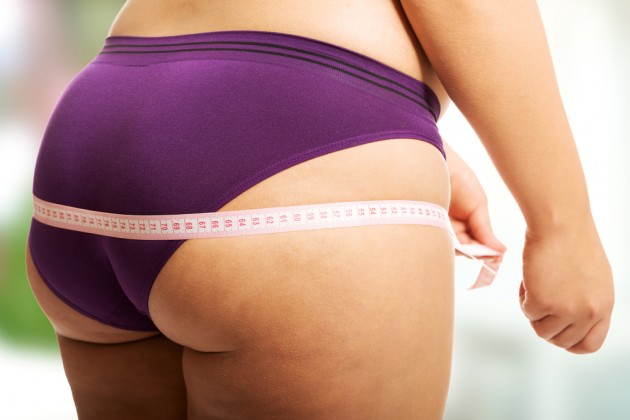
So, what's the difference between fat around the midriff and fat around the hips and thighs?
Well, the former is known as visceral fat and releases harmful chemicals which, as already stated, can effect the main organs of the body, while the latter is known as subcutaneous fat which doesn't have the same effect and actually indirectly protects the heart.
The findings, which were conducted by researchers at the University of Tubingen, has been published in the journal of Cell Metabolism.








